In mechanical engineering, Key is a part of a machine or equipment where it is used to connect the rotating machine element to the shaft and enables the torque transmission. In this article, we are going to discuss what are the different types of Keys in machine design.

What is a Key?
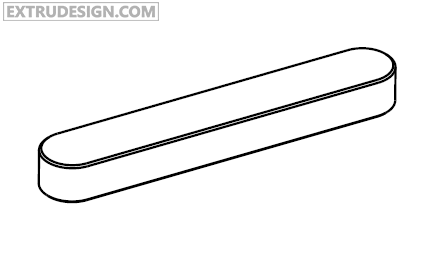
As we said above Key is a part of a machine or equipment where it is used to connect the rotating machine element(Hub/Pulley) to the shaft and enables the torque transmission. The key will have a provision in both the shaft and the machine element which needed to be connected. this is called Keyway.
These keys are temporary fastening elements and are subject to the crushing and the shearing stress.
There are different types of the keys available.
Different types of Keys in Machine Design
Based on the shape and key accommodation, following are the different types of keys in machine design.
- Sunk Keys
- Saddle Keys
- Tangent Keys
- Round Keys
- Splines
1. Sunk Keys
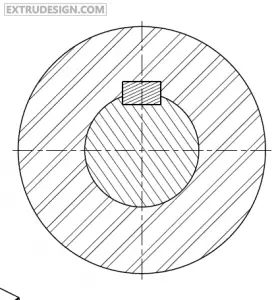
When a key is provided with the half portion in the shaft and the other half portion in the hub, then the key is known as the Sunk Key.
There are different varieties in the sunk key itself.
- Rectangular Sunk key
- Square Sunk Key
- Parallel Sunk Key
- Gib Headed Sunk Key
- Feather Sunk Key
i) Rectangular Sunk key
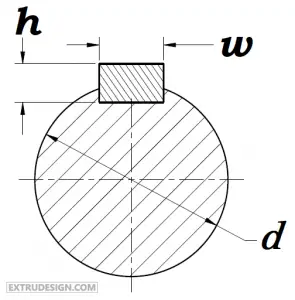
The rectangular sunk key is nothing but having the rectangular cross-section (Width w, Height h)
The size of the key will be based on the diameter(d) of the shaft (Or the diameter of the Bore in the hub).
w = d/4
h = (2w)/3 or d/6
See the picture of how the rectangular sunk key in an actual position.
ii) Square Sunk Key
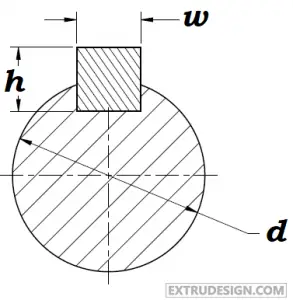
The Square sunk key is nothing but having the Square cross-section (Width w, Height h will be equal)
In this case, the w = h = d/4.
See the picture of how the Square sunk key in an actual position.
iii) Parallel Sunk Key
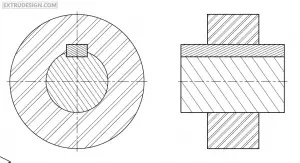
When a square sunk key or the rectangular sunk key having the uniform cross-section without any taper then it can be called as The parallel sunk key. But in the above mentioned the Square sunk key or the Rectangular sunk key they will be having the taper along the length of the key.
See the Picture of how the Parallel sunk key in an actual position.
iv) Gib Head Key
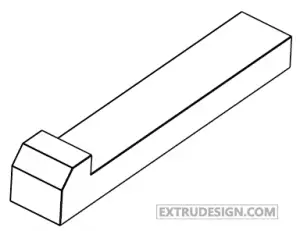
Simply a rectangular sunk key with a head to facilitate the easy removal is known as the Gib-headed key. as simple as that.
See the Picture of how the Gib-Head key in an actual position.
v) Feather Sunk Key
A feather key is a parallel key which is fastened to one part(Hub/shaft) with help of the screws called the feather key. Sometimes a double gib-head key can be a fether key by locking it the one part(hub/shaft). As you can see in the below pictures.
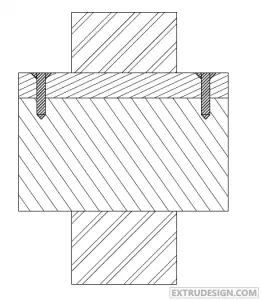
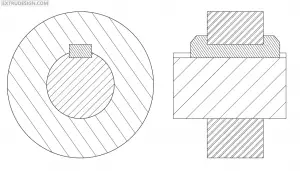
See the above both Pictures how the Feather key in an actual position. The left one is locked with the setscrews, Right one is locked with the help of the double Gib-Head Key.
vi) Woodruff Key
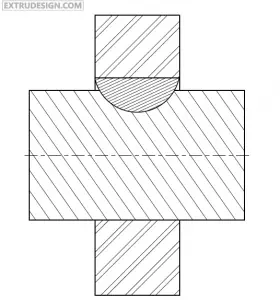
The woodruff key is in a piece from the cylindrical disc as shown in the Figure, and its main advantage is that it can be adjustable, tilt in the keyway or keyseat.
See the Picture of how the Woodruff key in an actual position.
2. Saddle Keys
These type of keys are rarely used because these cannot transmit the high torque. Saddle won’t have the provision in the shaft, instead, it holds the shaft by friction. Saddle key has two variants
- Flat saddle key
- Hallow saddle Key
i) Flat saddle key
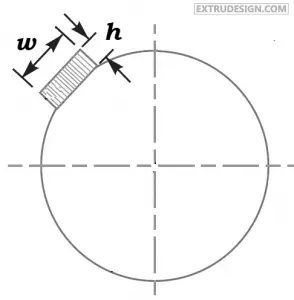
A flat saddle key is taper key and having a provision in the hub only and will be floated on the shaft and hold the shaft by means of the friction. so it can be used for light loads. It used for temporary fastening only.
ii) Hallow saddle Key
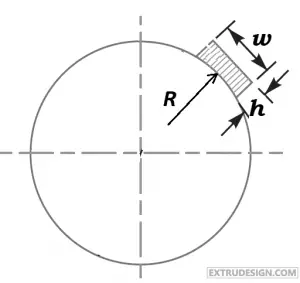
A Hallow saddle key is also a taper key here also it will have the provision in the hub only, but the contact portion of the key with the shat will be shaped into a curvature to get the full grip on the shaft for better friction.
3. Tangent Keys
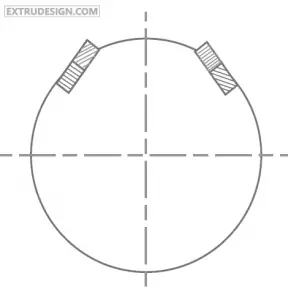
Tangent keys are used in heavy-duty equipment. Tangent keys are actually a pair. These pair of keys are placed right angles to each other and tangent to the surface of the shaft as shown in the fig. each key will withstand the torsion in one direction only.
4. Round Keys
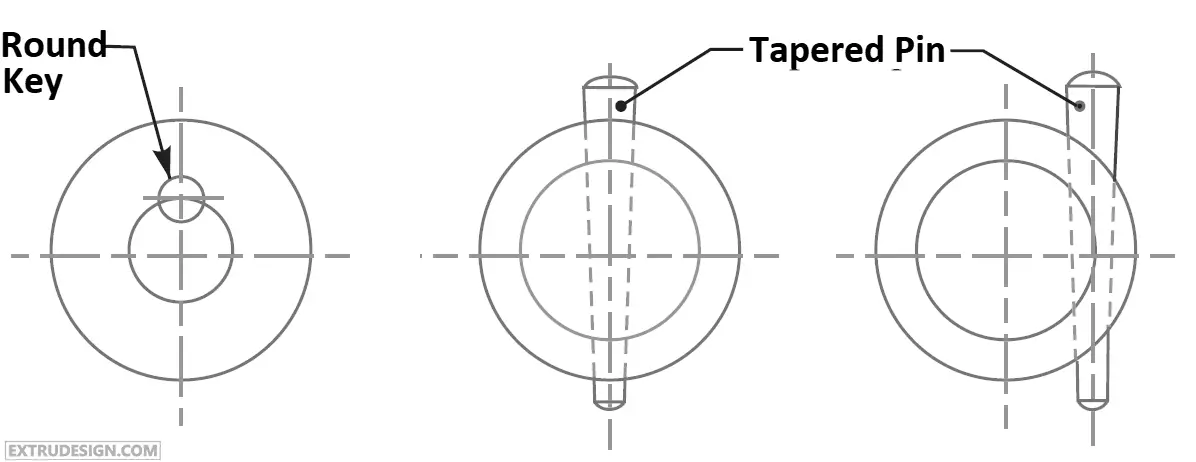
Round keys are circular in section and fit into the holes. The round keys will be placed half portion hole in the shaft and the other half portion hole in the hub as shown in the fig. These type of shaft keys are usually prepared for the low power drives.
5. Splines
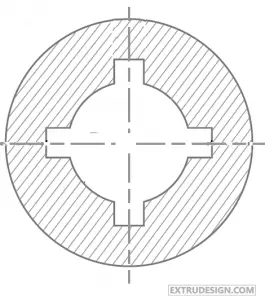
All the above-mentioned keys are individual parts. what happens when the keys are integral parts of the shaft or hub. That what we called as the Splined shafts.
These are used in the special applications like where we have to transmit the torque larger in portion than the shaft size. you can see these spline shafts in an automobile transmission, sliding gear transmissions.
Conclusions
These are the different types of shaft keys available for connecting the machine elements. we have discussed sub-variants in the different types of keys also. Let us know your thoughts in the comments section below.

Thank you for sharing.
thanks